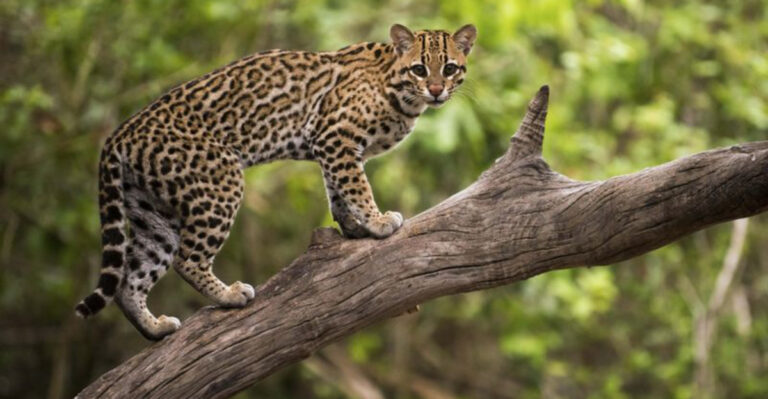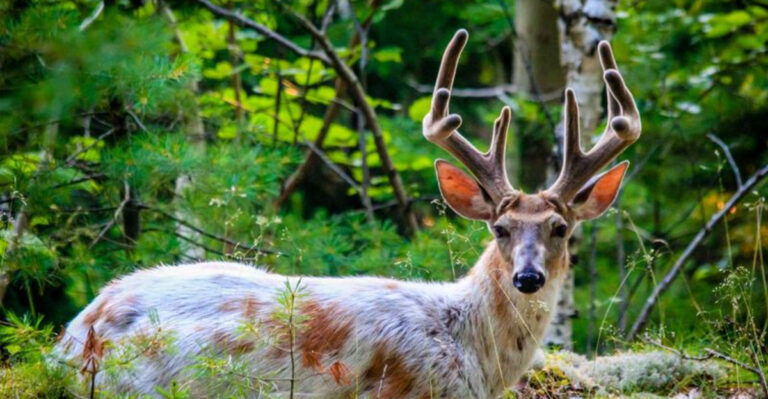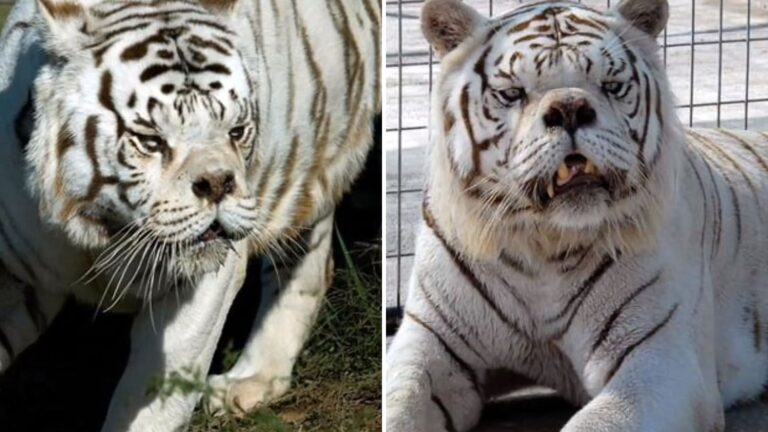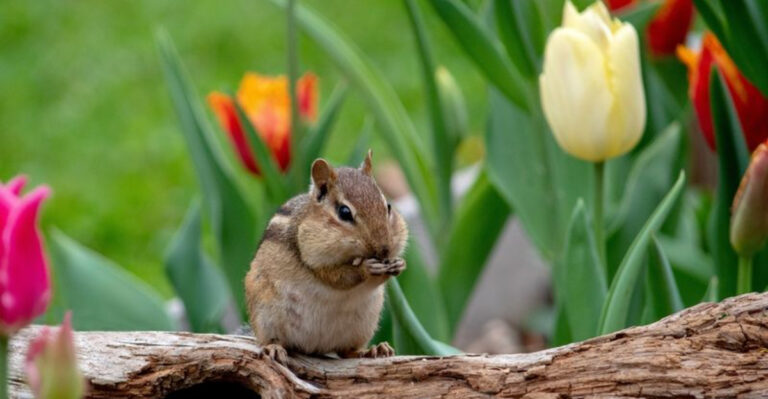17 Wild Facts About The Giant Pond Rat That Changed U.S. Landscapes
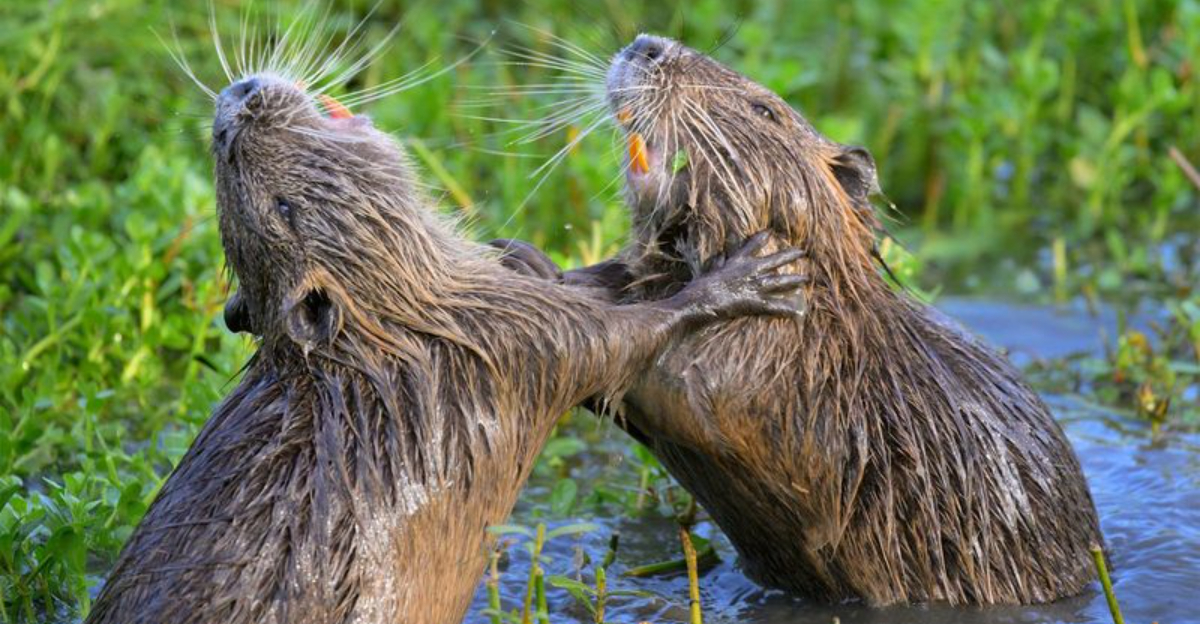
Have you ever heard about a creature so resilient it could change entire landscapes? Meet the giant pond rat!
These critters are famous for their ability to alter ecosystems, making them both fascinating and formidable. Take a look at these wild facts about them that will leave you amazed.
1. The Ecosystem Engineer
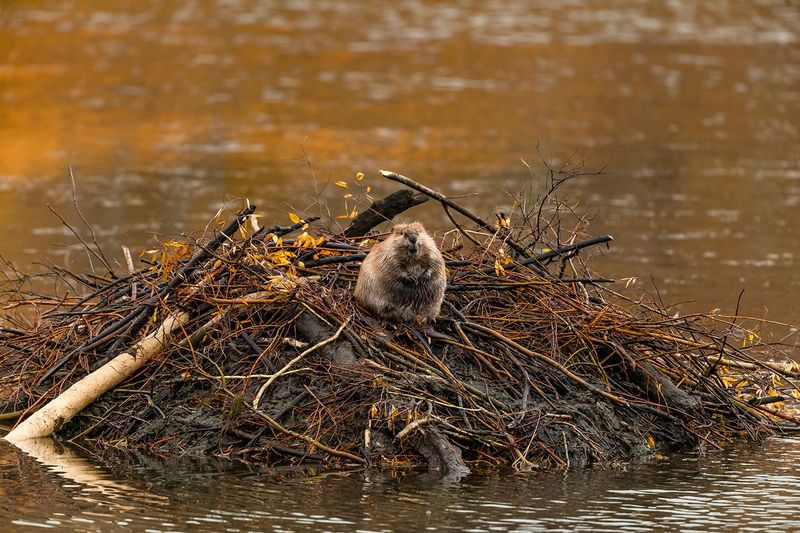
Believe it or not, the giant pond rat is an ecosystem engineer. It builds lodges using sticks and mud, creating wetland habitats for other species.
This watery architect shapes landscapes, providing homes to countless critters.
2. Social Butterflies Of The Swamp
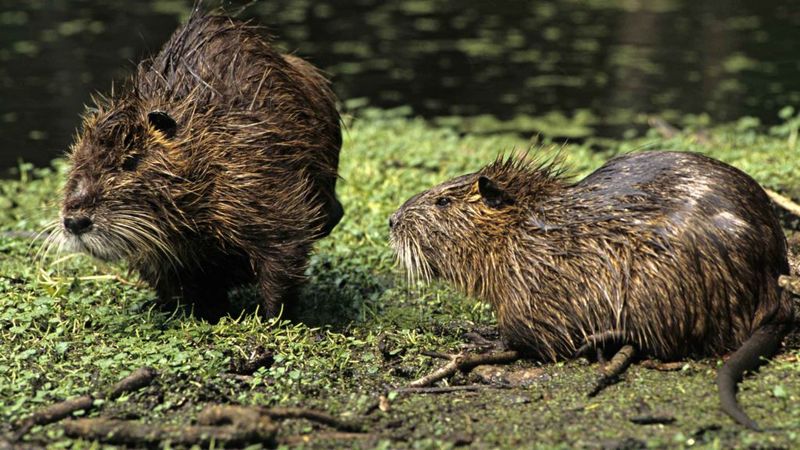
Forget solitude; these rats are the social butterflies of the swamp. Living in colonies, they interact constantly – grooming, playing, and even vocalizing.
Their social structures are complex, ensuring survival and thriving in challenging environments.
3. Masters Of Adaptation
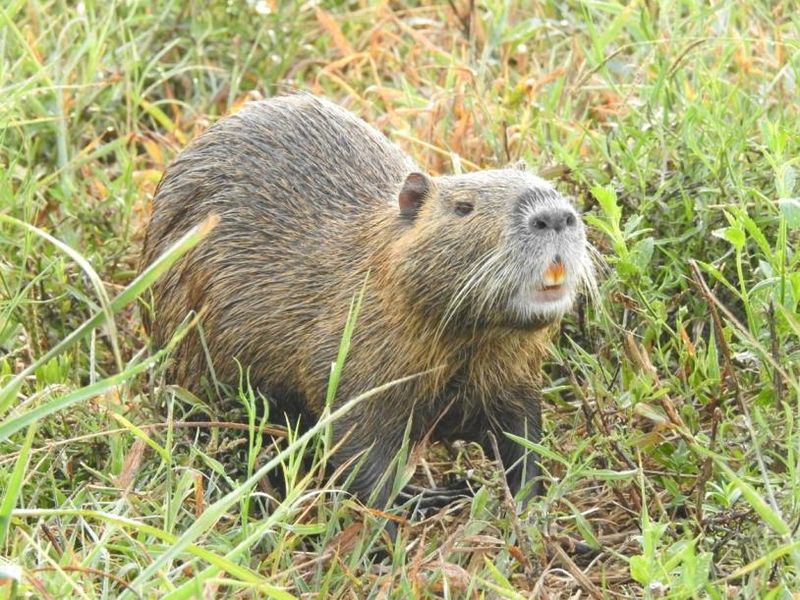
Adaptability is key for the giant pond rat. Its fur changes with the season – thicker and darker in winter, lighter in summer. This clever trick keeps it comfy and camouflaged year-round.
Not just a pretty coat, this rat can thrive in various environments, from swamps to riverbanks.
4. Super Swimmers
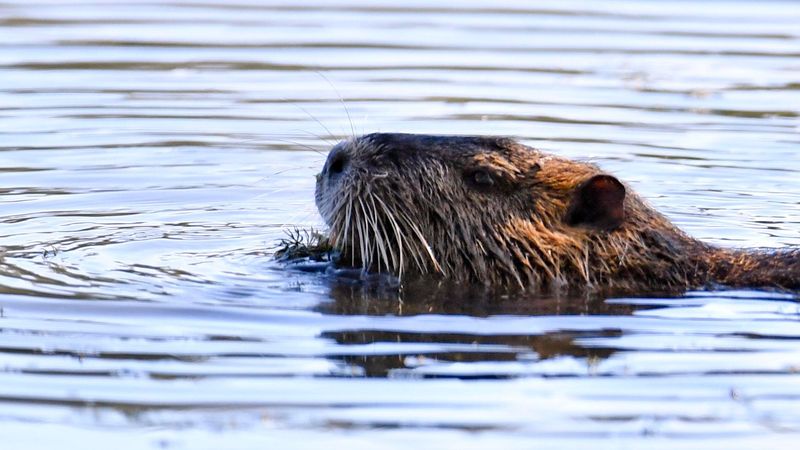
With webbed feet, the giant pond rat is a natural swimmer. It glides through water with ease, like an Olympic athlete of the animal world.
Swimming is second nature, whether it’s for foraging or escaping predators. This aquatic lifestyle supports its survival, making it one of nature’s most efficient water-dwellers.
5. The Vegetarian Diet
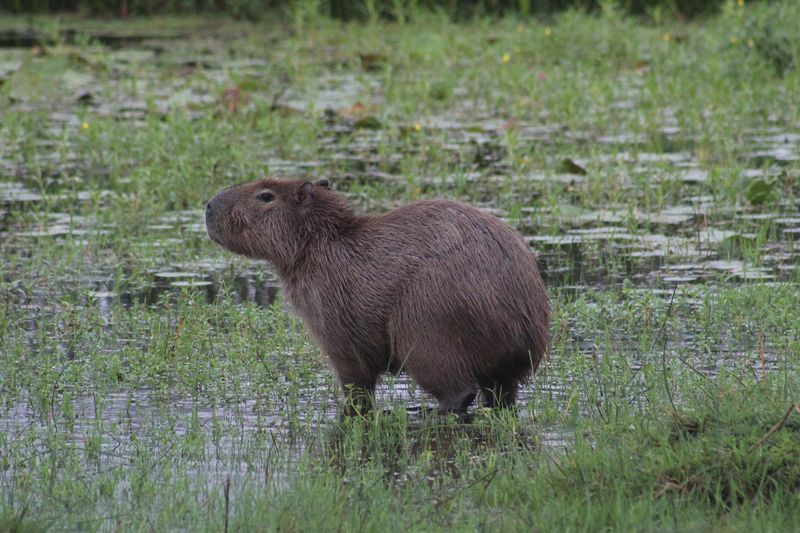
Forget about cheese; this rat is all about greens. Its diet consists mainly of aquatic plants and roots.
It’s a vegetarian through and through, helping maintain the balance in its ecosystem. By consuming large amounts of vegetation, it prevents overgrowth and promotes biodiversity.
6. Intricate Burrow Systems
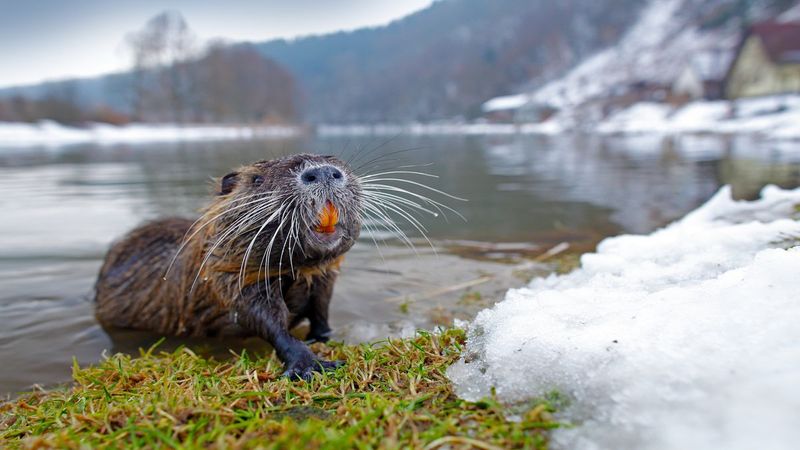
Underneath the surface, the giant pond rat constructs intricate burrow systems. These underground homes are marvels of engineering, featuring multiple tunnels and chambers.
It’s like a subterranean mansion, offering protection and comfort. These burrows even serve as storage spaces for food, ensuring survival during harsh times.
7. Guardians Of The Wetland
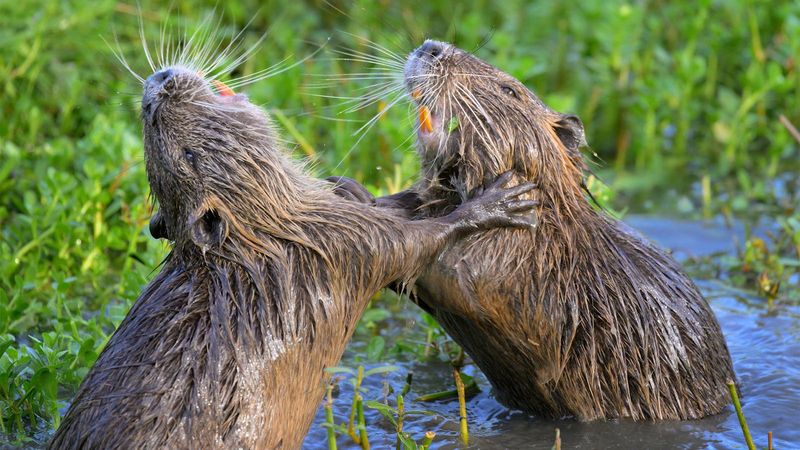
As guardians of the wetland, these rats support entire ecosystems. Their lodges create habitats for birds, amphibians, and insects.
They are nature’s caretakers, maintaining the balance in fragile environments. Without them, many species would struggle to survive.
8. Silent Communicators
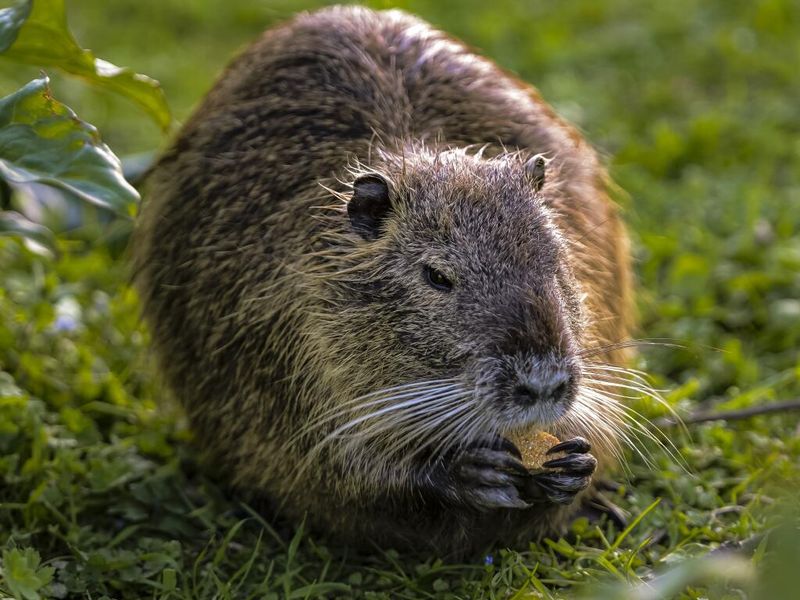
Shhh! These rats are silent communicators, using whisker vibrations and body language to ‘talk’ to each other.
It’s a secret code only they understand. This subtle form of communication is crucial for survival, helping them signal danger or coordinate group activities.
9. Architects Of Aquatic Landscapes
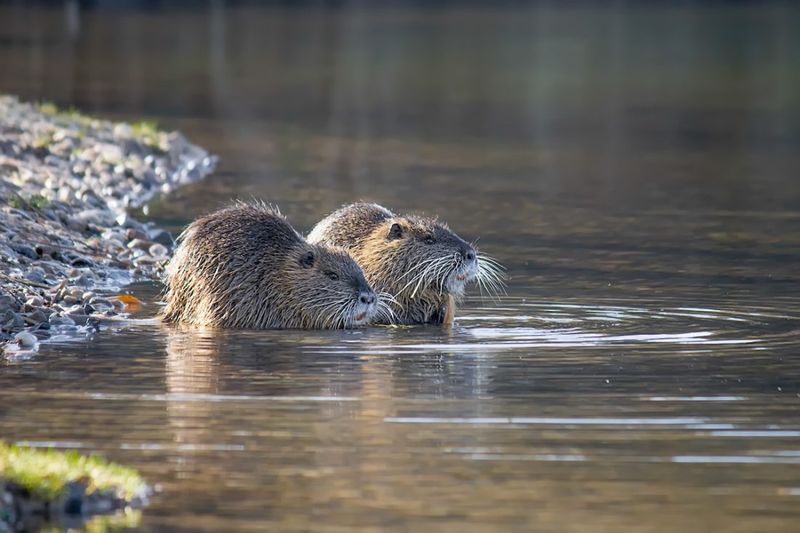
With their building skills, giant pond rats are architects of aquatic landscapes. Their lodges and channels transform environments, influencing water flow and vegetation patterns.
These changes can even impact human activities, showcasing their powerful role in ecosystem dynamics.
10. The Nighttime Navigators
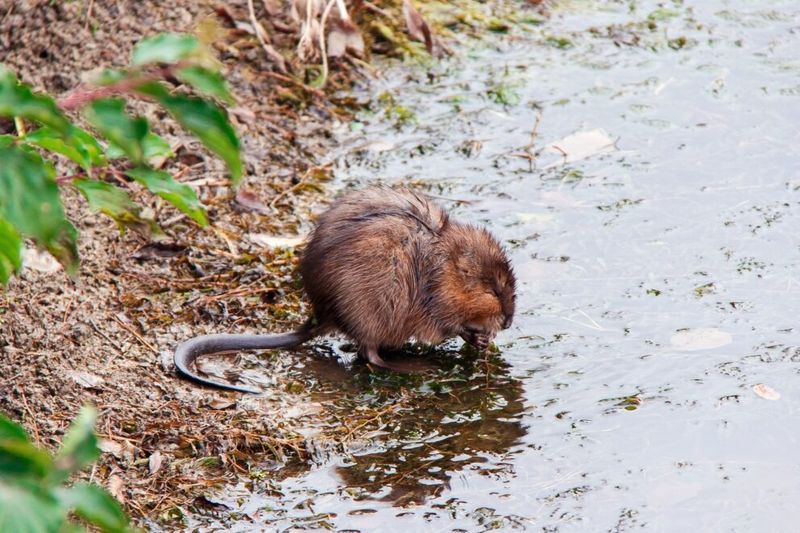
Come nightfall, these rats become nighttime navigators. With excellent night vision and acute hearing, they explore their surroundings under the cover of darkness.
This nocturnal lifestyle helps them avoid predators and find food efficiently.
11. The Unexpected Invader
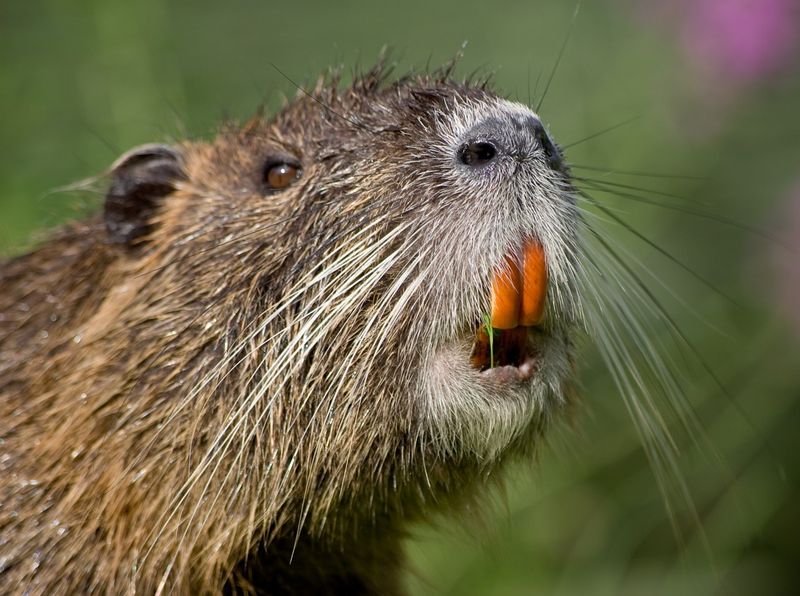
Surprisingly, these rats have become unexpected invaders in certain areas. Their ability to adapt has led them to thrive in non-native environments, sometimes causing ecological imbalances.
Managing their populations requires careful strategies to prevent negative impacts on biodiversity.
12. Their Role In Biodiversity
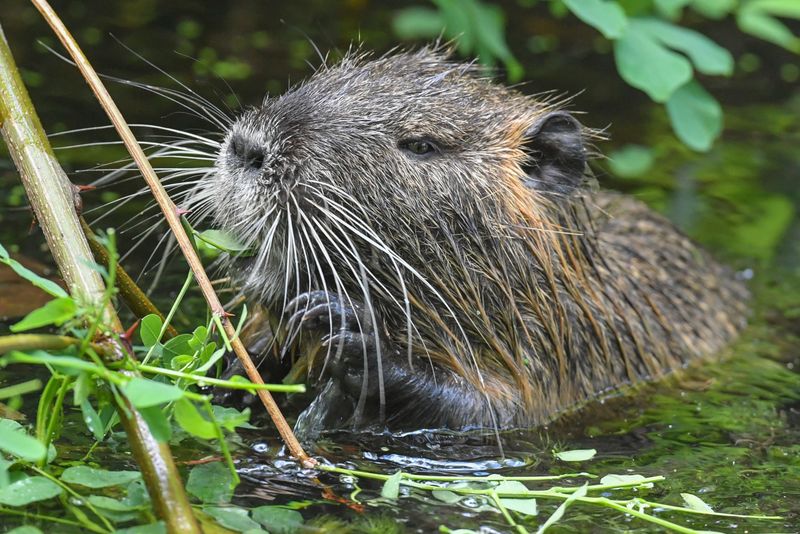
These rats play a crucial role in maintaining biodiversity. By shaping habitats, they support various plants and animals. It’s a chain reaction of life, with their activities promoting ecological balance.
The presence of these rats indicates a healthy ecosystem.
13. The Unexpected Pest Control
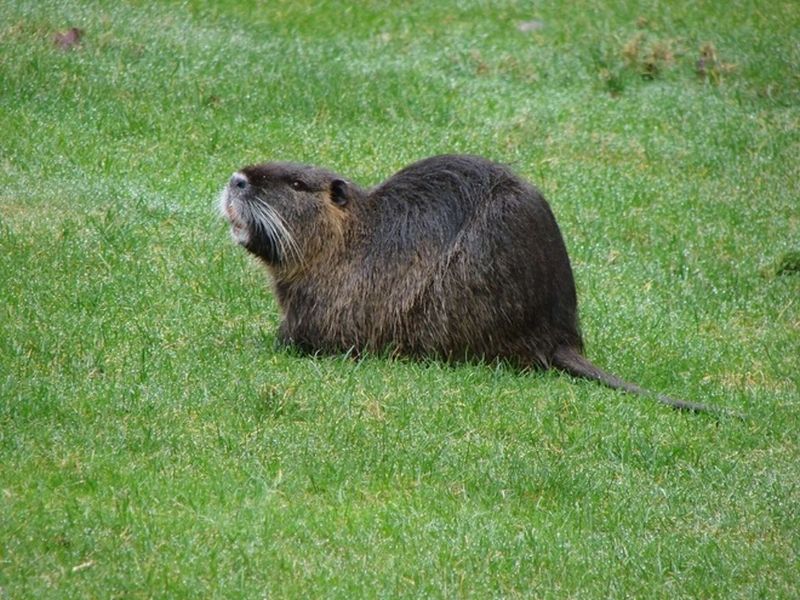
Believe it or not, these rats can assist in pest control. By preying on insects and small critters, they help manage pest populations naturally.
It’s an unexpected benefit, reducing the need for chemical interventions. This natural approach supports sustainable farming and ecological health.
14. The Curious Explorer
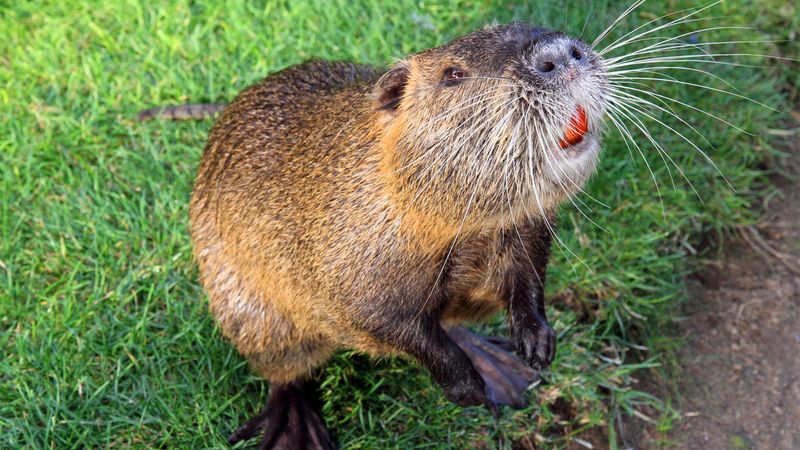
Curiosity drives these rodents to explore their surroundings. With noses twitching and whiskers alert, they investigate every nook and cranny.
This exploratory nature ensures they find food and nesting sites, adapting to changes swiftly.
15. The Builders Of Biodiversity
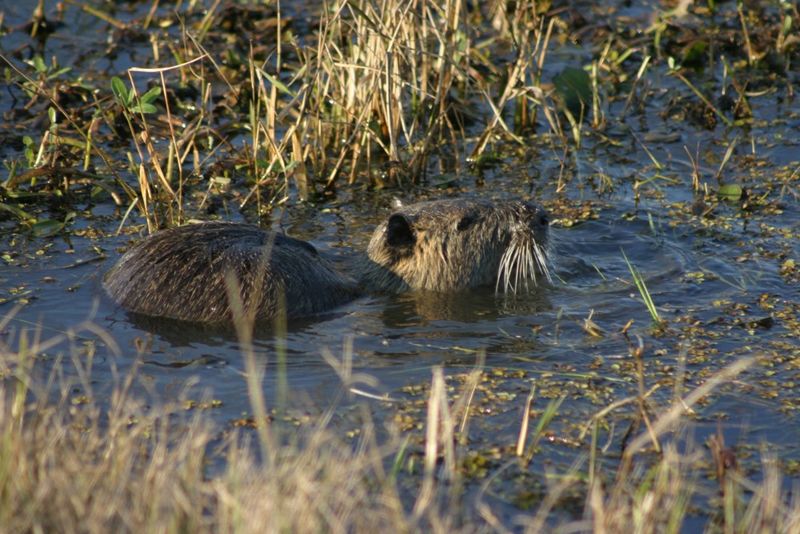
Beyond just creating homes, these rats build biodiversity. Their lodges provide safe havens for many species.
By altering water flow and vegetation, they encourage diverse life forms to flourish. It’s an ecological masterpiece, with their activities fostering rich, varied ecosystems.
16. The Waterway Warriors
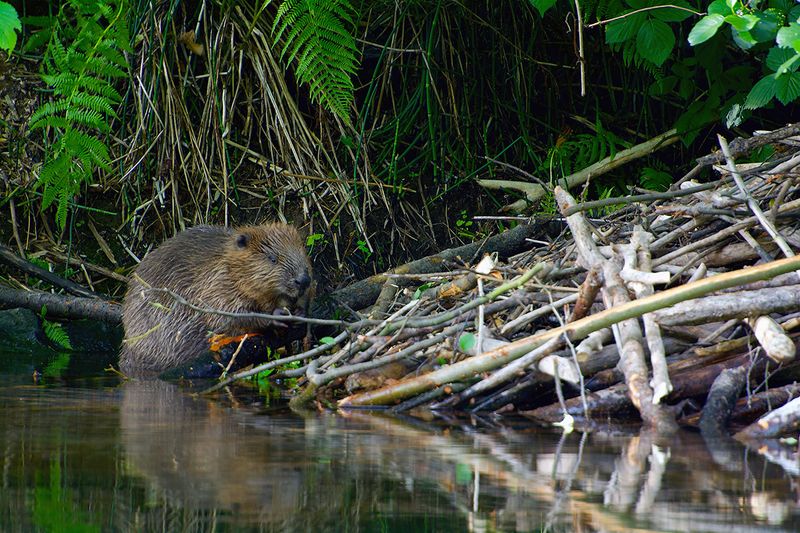
Giant pond rats are true waterway warriors. Their construction projects reshape landscapes, influencing water distribution and quality.
By modifying waterways, they support wetland health and biodiversity. It’s a dynamic process, with their engineering skills benefiting the ecosystem.
17. The Resilient Survivors
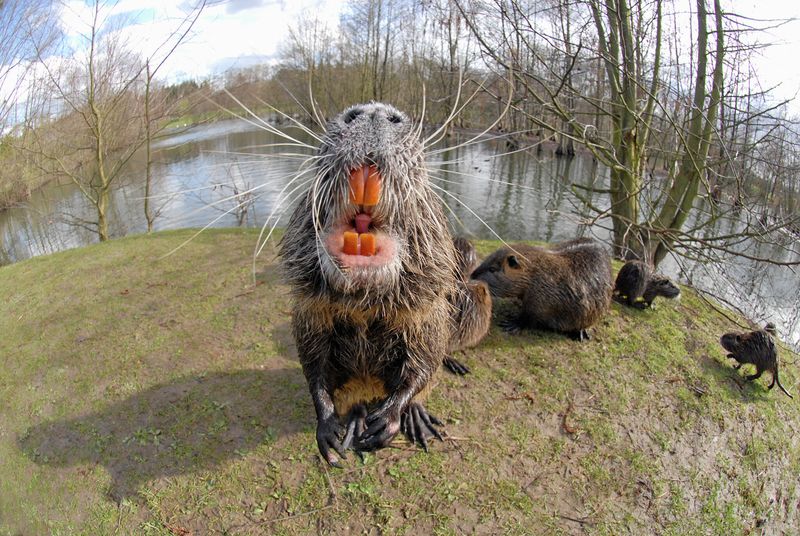
No challenge is too great for these resilient survivors. Whether it’s harsh winters or dry summers, they adapt and endure.
Their ability to thrive in extreme conditions showcases their tenacity. It’s survival of the fittest, with these rats proving their mettle in the face of adversity.

